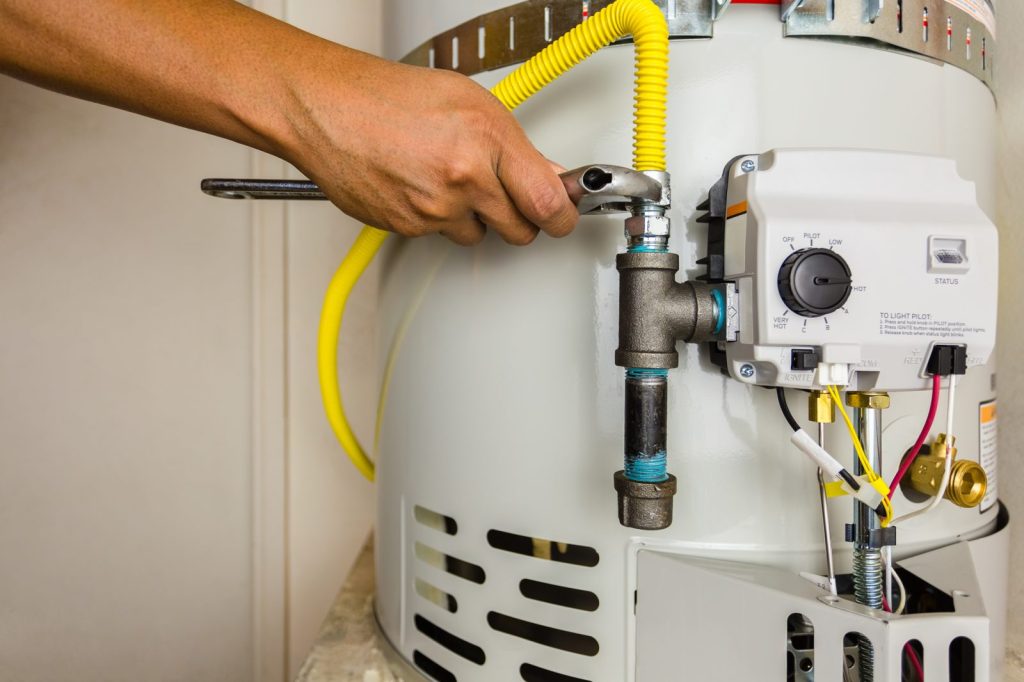
Water heaters are vital appliances in our homes, providing hot water for various daily activities, from bathing to cleaning. However, like any mechanical device, they can encounter issues over time. Understanding how to troubleshoot common water heater problems can save homeowners time, money, and frustration. Water heater repair involves identifying issues, applying effective solutions, and determining when to call a professional for assistance. This guide will cover some of the most frequent problems faced by water heater users and provide actionable solutions to ensure your system functions efficiently.
Understanding Temperature Fluctuations
One of the most common issues homeowners face is inconsistent water temperature. It can be frustrating to step into a shower expecting hot water only to find it lukewarm or cold. There are several potential causes for temperature fluctuations, ranging from simple adjustments to more complex issues.
First, check the thermostat settings on the water heater. Most heaters are designed to operate at a temperature of around 120 degrees Fahrenheit. If the thermostat is set too low, the water may not reach the desired temperature. Adjusting the thermostat to a higher setting might resolve the problem.
If the thermostat appears to be functioning correctly, the next step is to investigate the heating elements. For electric water heaters, there are usually two heating elements: one for the upper tank and one for the lower. If one of these elements fails, the water will not heat properly. You can test the elements using a multimeter to determine if they are functioning correctly. If one is faulty, it will need to be replaced.
Another possible cause of temperature issues is sediment buildup in the tank. Over time, minerals and debris can accumulate at the bottom, affecting the heater’s efficiency. Flushing the tank can help remove this buildup. This process involves turning off the power or gas supply, draining the tank, and rinsing it out with fresh water. Regular maintenance can prevent sediment accumulation and ensure optimal performance.
Addressing Water Heater Leaks
Water leaks can be alarming, especially when they lead to extensive water damage in your home. If you notice water pooling around the base of the water heater or dripping from the tank, addressing the issue promptly is essential.
The first step in troubleshooting leaks is to identify the source. Common culprits include the temperature and pressure relief valve, inlet and outlet connections, and the tank itself. If the leak is coming from the temperature and pressure relief valve, it may indicate that the pressure inside the tank is too high. Adjusting the pressure setting or replacing the valve may be necessary to resolve the issue.
If the leak originates from the inlet or outlet connections, check to ensure that the connections are tight. Over time, these fittings can loosen due to thermal expansion and contraction. Tightening the connections can often stop the leak. However, if the fittings are damaged, they will need to be replaced.
In some cases, the leak may be coming from the tank itself, often indicating a more serious issue. If the tank is corroded or has developed a crack, the water heater may need to be replaced. Regular inspections and maintenance can help catch these issues early, preventing significant damage to your home.
Dealing with Noisy Water Heaters
Unusual noises coming from your water heater can be a sign of underlying issues. Many homeowners describe their water heaters as sounding like they are popping, rumbling, or hissing. Understanding the causes of these noises can help you determine the appropriate course of action.
One common noise is a popping or rumbling sound, which typically indicates sediment buildup in the tank. As water heats, trapped air bubbles rise through the sediment, causing these sounds. Flushing the tank can alleviate this issue and restore quiet operation.
If you hear a hissing sound, it may be due to a leak, especially if accompanied by water pooling around the unit. As previously mentioned, it’s crucial to identify the source of the leak and address it quickly to prevent further damage.
Additionally, a high-pitched whistling noise may indicate that there is a restriction in the water flow, such as a partially closed valve or a buildup of minerals in the pipes. Checking the water supply lines and ensuring that all valves are fully open can help resolve this issue.
Conclusion:
Troubleshooting common water heater issues can be a manageable task for homeowners willing to invest a little time and effort. By understanding the potential causes of temperature fluctuations, leaks, and noises, you can take the necessary steps to address these problems effectively. Regular maintenance is key to preventing many of these issues. Flushing the tank, checking the anode rod, and inspecting connections can go a long way in ensuring your water heater operates smoothly.
If you encounter problems that seem beyond your capabilities or require specialized knowledge, it is always wise to consult a professional. Water heater repair experts can assess your situation and provide guidance on the best course of action. Remember that proactive measures can extend the life of your water heater and improve its efficiency, ultimately enhancing your home’s comfort and safety. Whether you are dealing with minor issues or major repairs, staying informed and prepared will empower you to handle your water heater needs effectively.